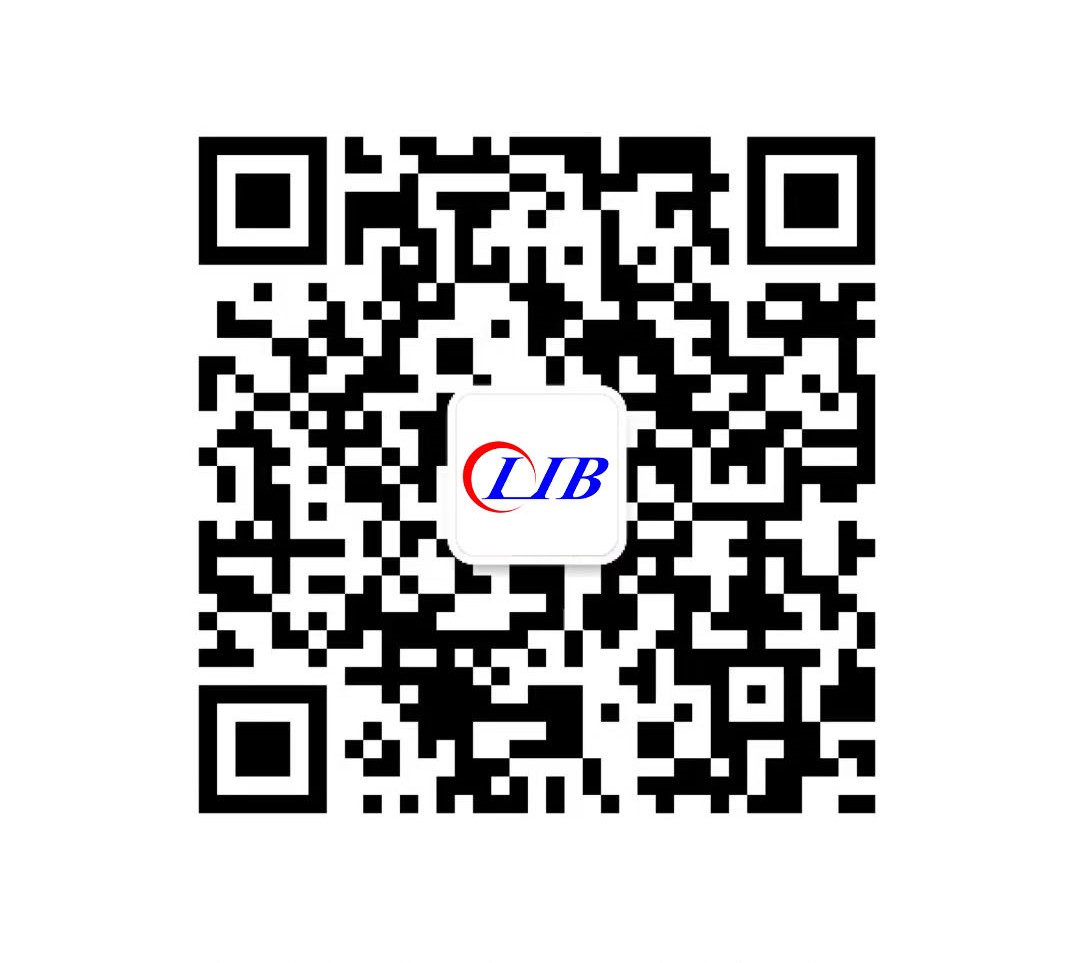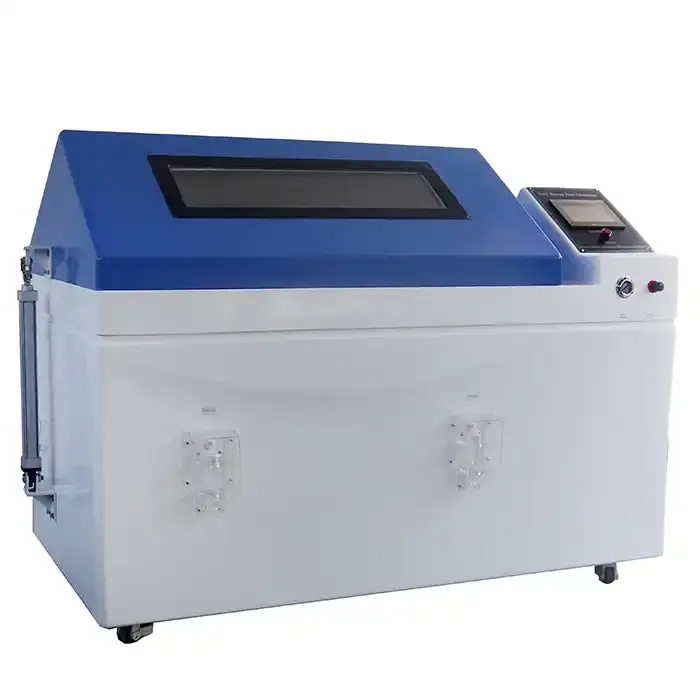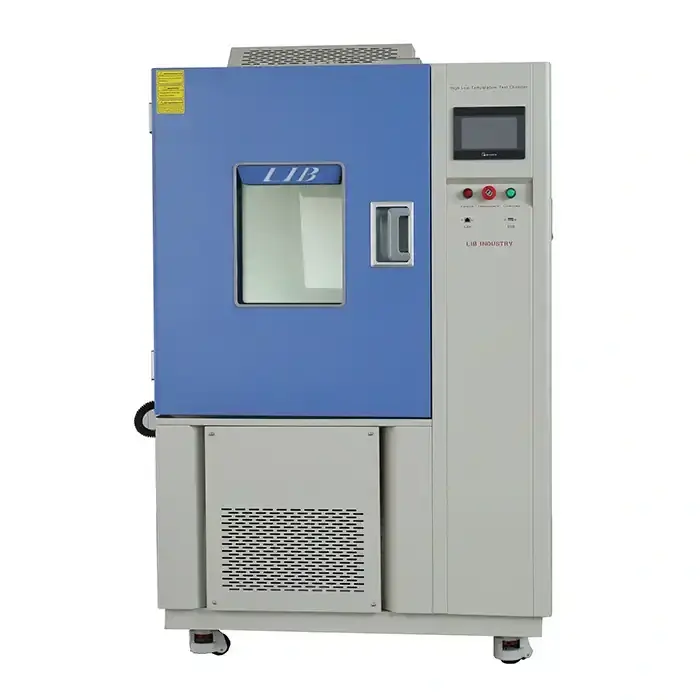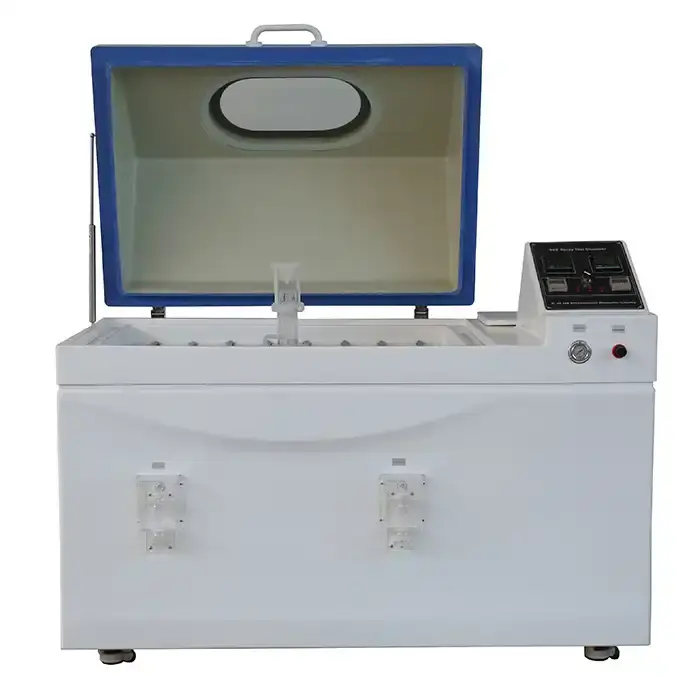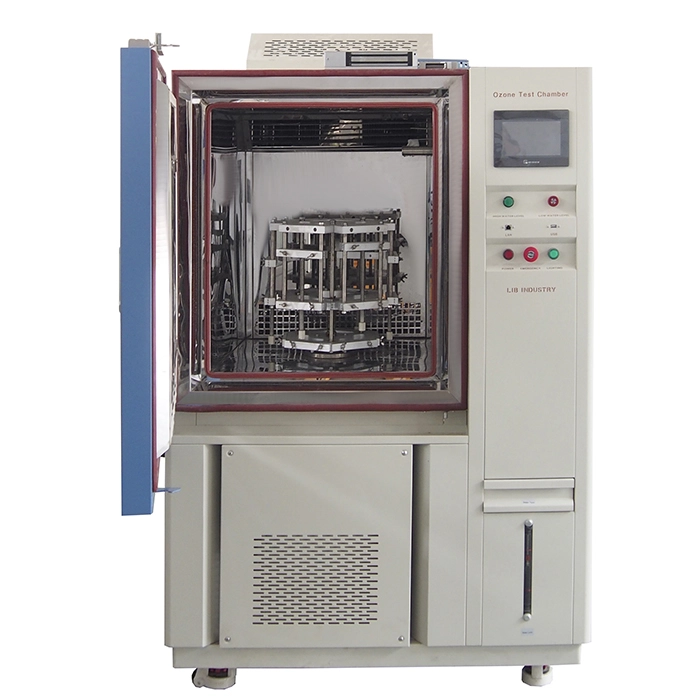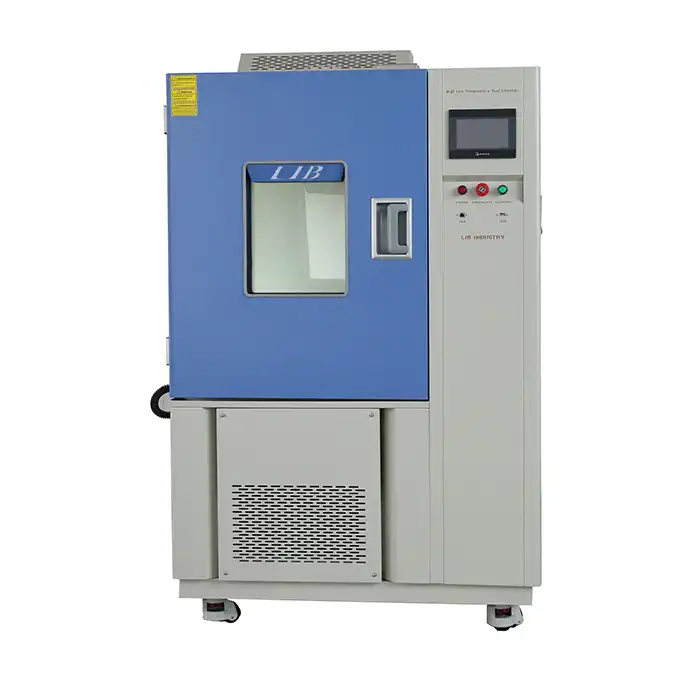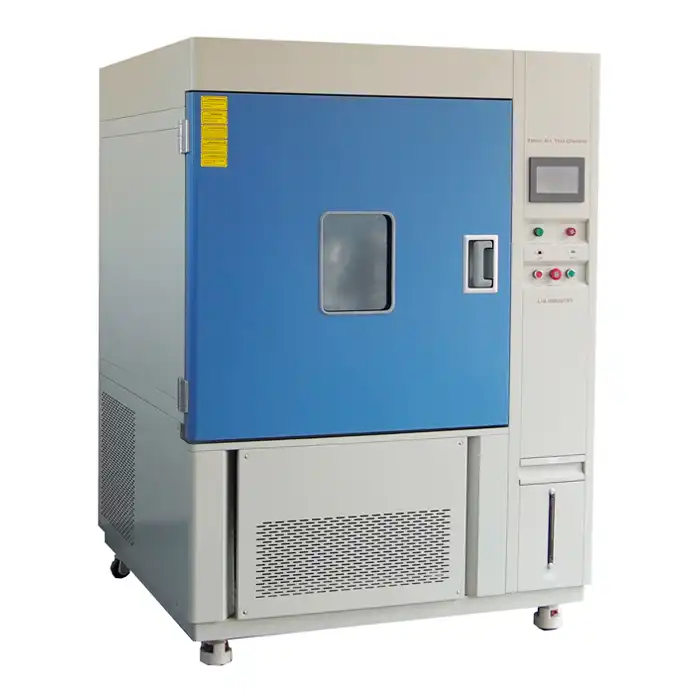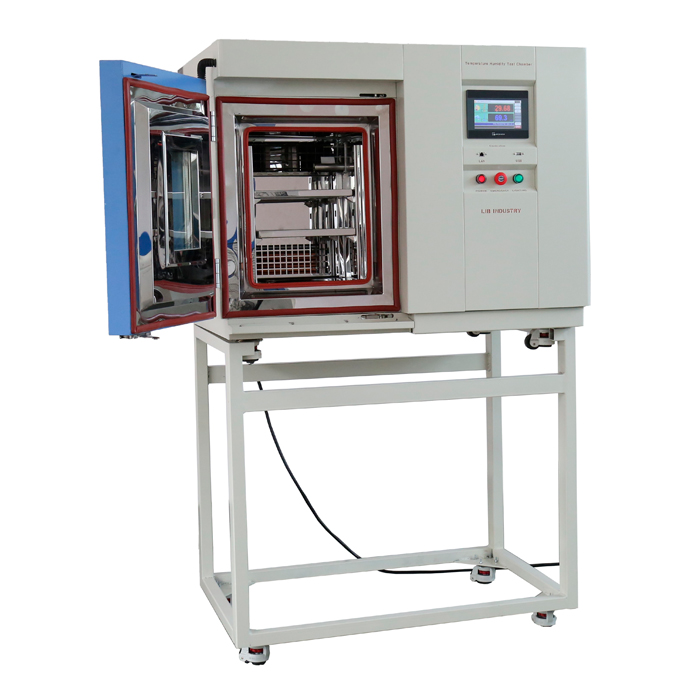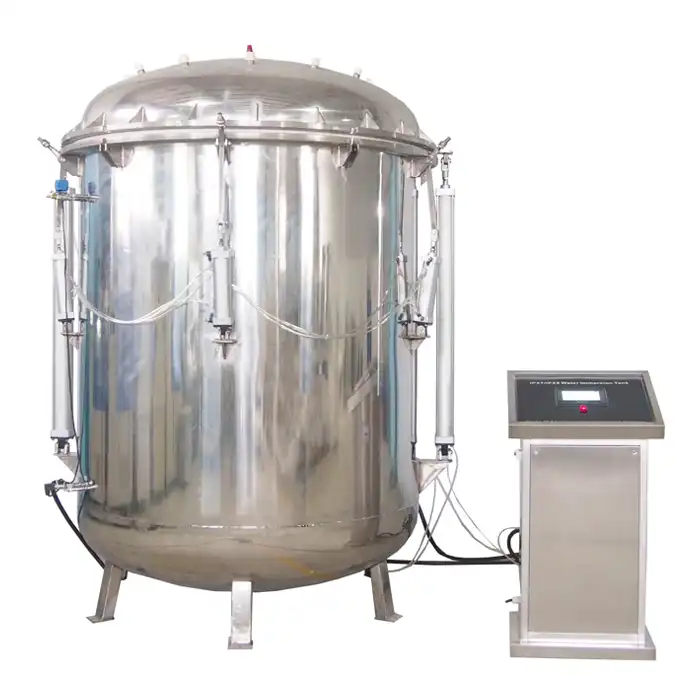Calibration and Validation of IP69K Test Chambers: Ensuring Accuracy
Calibration and validation play a crucial role in ensuring that IP69K test chambers deliver reliable results, especially for manufacturers who need to meet stringent industry standards for waterproof and dustproof. In this blog, we'll explore the importance of calibration and validation, the key parameters involved, and the procedures and techniques used to confirm the performance of IP69K test chambers.

Understanding the Importance of Calibration and Validation in IP69K Testing
IP69K test chambers are designed to simulate high-pressure, high-temperature water jets, to verify the durability and protection offered by various products. Calibration and validation are essential processes that ensure the test chamber operates within specified parameters, providing accurate and repeatable results. Without proper calibration, test outcomes can be unreliable, compromising product quality and compliance with international standards. Validation, on the other hand, guarantees that the chamber can consistently replicate the test conditions required by IP69K specifications, ensuring that products meet the highest levels of protection.
Key Parameters of Calibration: Pressure, Temperature, Flow Rate, and Nozzle Angle
Calibration of an IP69K test chamber involves adjusting and verifying several critical parameters that influence the accuracy of the testing process. These parameters include:
- Pressure: For IPX6K, the water pressure should be 1000 Kpa; and IPX9K, 8000-10,000 Kpa.
- Temperature: There is generally no water temperature requirement for IPX6K testing, but the water temperature requirement for IPX9K is 80 ℃.
- Flow Rate: The rate at which water is sprayed is also a key factor in IP69K testing. IPX6K: 75 L/min; IPX9K: 14L-16L/min.
- Nozzle Angle: The IPX9K testing requires the nozzle to have four angles, 0°, 30°, 60°, 90°, which ensures that water reaches all areas of the test product evenly, simulating true exposure under high pressure conditions. The nozzle of IPX6K does not specify any angle, and in most cases is flush with the sample under test.
Validation Procedures for IP69K Test Chambers
Validation is the process of ensuring that an IP69K test chamber can consistently perform to the required standards over time. This involves rigorous testing and documentation to confirm that the chamber can replicate the necessary conditions for accurate product testing. At LIB Industry, we follow established validation procedures to ensure that every IP69K test chamber we manufacture meets the highest performance standards.
One of the main steps in the validation process is creating a performance qualification (PQ) report, which verifies that the chamber's output matches the expected conditions under real-world testing scenarios. For example, water pressure, temperature, and flow rate are continuously monitored during test cycles to ensure they remain within the required thresholds.
Additionally, we perform regular re-validation checks, especially after maintenance or calibration adjustments, to confirm that the chamber maintains its performance over time. This approach ensures that manufacturers using LIB Industry's IP69K test chambers can trust that their products are being tested under the highest standards of accuracy and reliability.
 | IPX6K Internal Diameter of Nozzle 6.3mm IPX9K Water Spray Angle 0°, 30°, 60°, 90° |
Validation Techniques: Confirming Test Chamber Performance Against Standards
Various techniques are employed during the validation process to confirm that IP69K test chambers meet industry standards. One commonly used technique is the use of reference devices, such as calibrated sensors, to measure the chamber's environmental conditions during testing. These sensors are placed inside the chamber to record real-time data on parameters like pressure and temperature, which is compared against the test chamber's settings. Should any discrepancies arise, adjustments are made to bring the chamber back into compliance.
Another technique involves accelerated lifecycle testing, where the chamber undergoes extended testing cycles to simulate long-term usage. This helps identify any potential issues with performance degradation over time and ensures that the chamber can maintain its calibration under continuous use.
LIB Industry also integrates statistical process control (SPC) in our validation techniques. SPC helps detect any subtle variations in the chamber's performance by analyzing data trends over multiple test cycles. This allows us to proactively address any inconsistencies, ensuring that our IP69K test chambers always perform to the highest standards.
If you're looking for high-performance IP69K test chambers that deliver precise and reliable results, contact LIB Industry today at ellen@lib-industry.com to learn more about our turn-key environmental testing solutions.
References
1. IEC 60529: Enclosure Protection (IP Code) - International Electrotechnical Commission, 2013.
2. ISO 20653: Road Vehicles - Degrees of Protection (IP Code) - External Influences, 2013.
3. "Environmental Testing for Vehicle Components," SAE International, 2019.
4. "Waterproof Testing According to IPX9K Standards," Journal of Product Testing and Reliability, 2020.
